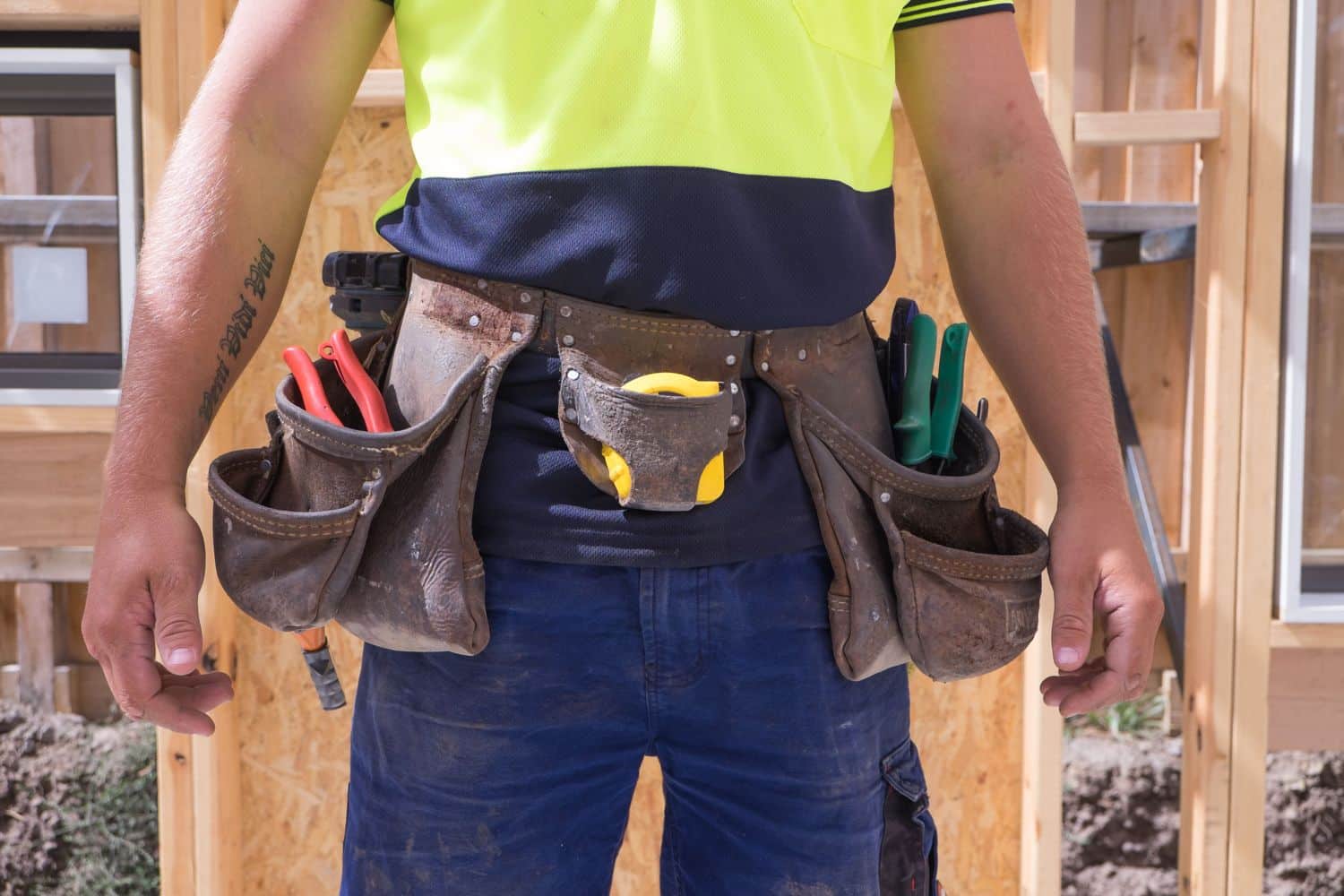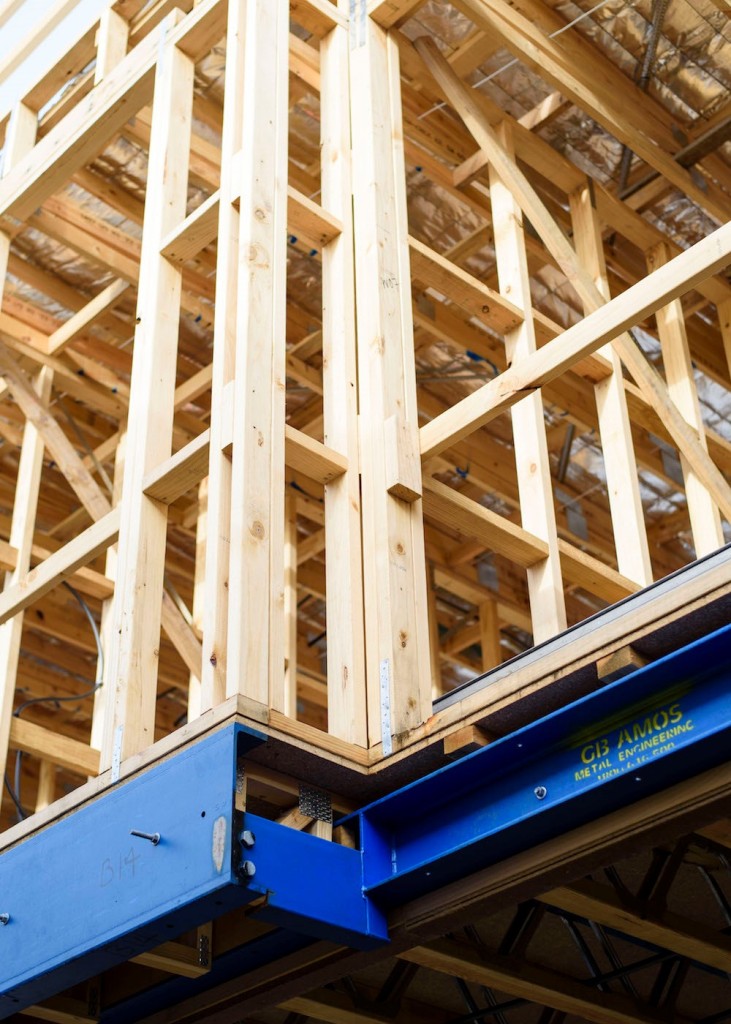Becoming a Carpenter or Joiner

Carpenters and joiners are responsible for the construction, renovation, erection and repair of all structures and fixtures made out of wood, wallboard, plywood and other timber materials or fittings. Many tradies begin their careers as carpenters and joiners as it serves as a solid foundation to build the rest of their career on.
To be successful in this trade, you must have an excellent attention to detail, a solid grasp on maths, and have a creative mind that likes to build things.
What do carpenters do?
Some of the typical tasks you can expect you undergo in such a role include:
- Reviewing specifications and drawings to determine installation procedures, dimensions and materials required
- Preparing layouts and ordering the necessary timber and materials
- Cutting materials to the necessary dimensions, assembling and nailing cut parts
- Laying sub-flooring and floorboards, erecting framework and confirming trueness of structures
- Fitting exterior wall cladding
- Sheathing roofs
- Nailing fascia panels
- Assembling prepared wood and fittings in preparation for installation
- Repairing existing fittings
- Cutting wood joints
What’s the difference between a carpenter and joiner?
Carpenters and joiners are not the same thing. Whilst they both work in construction trades involving timber, joiners typically work on wood in a workshop, whilst carpenters construct their building elements on the worksite.
Depending on your particular project and the tasks involved, one practitioner may be more suited to your needs than the other. For example, if you’re in need of doors, windows, stairs or trusses for example, then you’re going require the specialities of a joiner.
As carpenters work on-site for the majority of the time, their strengths lie with dealing with wood fixtures for an ongoing job.
How to become a qualified carpenter in Australia
To qualify for becoming a carpenter or joiner, you must obtain an apprenticeship in a relevant industry to gain the experience you need to become registered and licences further down the track. Finding yourself an apprenticeship comes down to the people you know and approaching employers directly to see if they have any apprenticeship positions available. If you’re good with your hands, creative, a quick learner and have a decent grasp of maths, then this will improve your chances of getting hired. Throughout your apprenticeship you will also partake in weekly training courses in a classroom setting to focus on the theory side of this industry.
Are carpenters in demand?
Both joiners and carpenters have always been in high demand, especially for domestic projects, as our population continues to expand and new housing projects are undertaken in response to this influx.
According to the data on Job Outlook which is compiled from national statistics, the number of jobs in this industry is expected to be greater than 50,000. This is a very secure line of work with career opportunities in virtually every region. The most common level of qualifications a joiner or carpenter obtains is a Certificate III or a Certificate IV, however some practitioners choose to upskill once they have more experience so that they can progress into a managerial role or start their own small business.
This article has been revised and republished on 23 May 2022.

